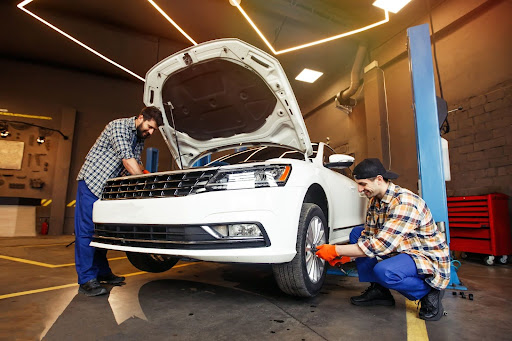Experiencing a vehicle accident is a stressful event. Beyond the immediate concerns for safety, dealing with the aftermath of damage can feel overwhelming.
Restoring your vehicle to its pre-accident condition, both functionally and aesthetically, is a process that requires careful attention and informed decisions.
Whether the damage is minor or substantial, taking the right steps will ensure your vehicle is safe to drive and retains its value.
This guide provides essential tips to help you navigate the restoration process and get back on the road with confidence.
Document the Damage Thoroughly
Immediately after an accident (once safety is ensured and the police have been notified), document the damage meticulously.
Take clear photos and videos from various angles, capturing the damage to your vehicle and any other involved parties’ vehicles. Note the date, time, location, and any contributing factors you observed. Obtain a copy of the police report.
This comprehensive documentation will be crucial when filing insurance claims and discussing repairs with professionals. Detailed records will help ensure all damage is accounted for and addressed during the restoration process.
Contact Your Insurance Provider Promptly
Notify your insurance company as soon as possible after the accident. They will guide you through the claims process, explain your coverage, and provide information on approved repair facilities.
Be prepared to provide them with all the documentation you gathered at the scene. Understand your policy’s deductible and coverage limits.
Your insurance adjuster will likely inspect the damage and provide an estimate for repairs. It’s important to understand this initial assessment, but remember you have the right to choose your own repair shop in many jurisdictions.
Consider Auto Collision Repair Services
Choosing the right repair facility is paramount for a successful restoration. Consider auto collision repair services from reputable shops known for their quality workmanship and experienced technicians.
Look for certifications like I-CAR (Inter-Industry Conference on Auto Collision Repair), which indicate the shop adheres to industry best practices.
Obtain estimates from multiple repair shops to compare pricing and the scope of work. Don’t solely base your decision on the lowest price; prioritize quality, reputation, and the shop’s experience in handling repairs similar to yours.
A skilled collision repair center will ensure your vehicle’s structural integrity and safety are restored to factory standards.
Focus on Structural and Mechanical Repairs First
While cosmetic damage is noticeable, prioritizing structural and mechanical repairs is crucial for your safety and the vehicle’s proper functioning.
Ensure the frame is inspected and straightened if necessary. Have the suspension, steering, brakes, and other critical mechanical components thoroughly checked and repaired or replaced to meet safety regulations and ensure proper handling.
Addressing these underlying issues first guarantees your vehicle is roadworthy before focusing on the aesthetic aspects of the restoration.
Line-X and Other Protective Coatings
Once structural repairs are complete, consider options to protect your vehicle from future damage and enhance its appearance. Applying line-x, a durable spray-on protective coating, to areas like truck beds, rocker panels, or undercarriage can provide excellent resistance against scratches, rust, and impacts.
Explore other protective films and coatings that can safeguard your vehicle’s paint and body from environmental elements and minor abrasions. These preventative measures can help maintain your vehicle’s restored beauty for years to come.


